Today for the first time in a while, I’m going to walk you through my thinking as I made a number of photographs during my extended stay in Okinawa recently, after completing the first Pixels 2 Pigment workshop that I did down on that beautiful island.
I flew into Okinawa on August 2, on the tail end of two tropical typhoons that had threatened to keep me from making the flight. The weather wasn’t great for most of the nine days we’d spend there, but as usual, that’s often not a bad thing from a photography perspective, as we’ll see.
Before I left for Okinawa I’d done a search on 50opx for shots from photographers on the island, and one of the things I saw a lot of that I decided I wanted to shot was the stone jetties that we can see in this first image (below). I saw a lot of these throughout the week, but as luck would have it, I noticed this one from the car as we pulled into the town of Onna, where we’d be staying.
(Click to enlarge images then navigate back and forth with your mouse or keyboard arrow keys.)
I’ve been doing long exposure shots for a long time now, and Okinawa was to be no exception. Here I used my Hoya NDx400 and NDx8 neutral density filters stacked together. For those that might not be familiar with neutral density filters, they basically cut down the amount of light that enters the camera through the lens without changing it’s color at all. The NDx400 cuts out nine stops of light, and the NDx8 cuts out three stops of light, so that gives me a total of 12 stops of darkness, which is necessary to get reasonably long exposures in bright daylight conditions.
If you click on the thumbnails at the bottom of this blog post, you will open the images in a viewer that includes the shooting information, and you can see that this image was shot at f/22 for 100 seconds. The shutter speed without the neutral density filters would have been 1/40 of a second. When using this amount of filtration, I generally compose the image and find the “ideal” exposure without the filters initially, then count out my long exposure based on these exposure settings.
My math is terrible, so I literally just double up the base number until I reach the new exposure. Here for example I would have doubled 1/40 to 1/20, then 1/10, 1/5, 0″4, 0″8, 1″6, 3″2, 6″, 13″, 25″, 50″, then finally reaching 100″ for the correct 12 stops reduced exposure. Another tip here though, as you can see, the camera makes slight adjustments as it moves through the shutter speeds, as in 6″ doubles to 13″ not 12″. I often use the camera, clicking the wheel three times per stop until I get down to something close to 30 seconds, which is the longest exposure I can set on the camera before going into Bulb mode. Then I just double the last few steps for the final exposure.
You can also just ignore the cameras incremental steps, and just double up especially as you will be setting the actual number of seconds on your remote timer, and you aren’t tied to camera increments at that point, but using the camera’s increments helps to get a more accurate exposure and prevents you having to tweak too much, which you don’t want to be doing too many times with long exposures.
I used Nik Software’s Silver Efex Pro 2 for the black and white conversion of course. I won’t go into detail on how to use this today, but you can go back to Episode 297 of this Podcast for a video walkthrough of Silver Efex Pro 2 that I did just under a year ago now.
Artistic decisions that I made when composing this shot were to include the horizon of the sea to put the stone jetty into context, but the jetty was the main subject, so I didn’t need to include much of the sky. I got down a little lower than than eye level, to give us some good detail in the stone, but didn’t go so low that I lost the angle on the jetty. Of course the camera was tilted down for this perspective and shot at 51mm with my 24-70mm f/2.8 L lens.
While I was waiting for a few long exposures of the jetty to run their course, I grabbed my 100mm Macro lens and shot one of the myriad of hermit crabs that were everywhere on the beach at this spot (below). I tried to track and follow this little guy without interrupting his busy day, but he was either scooting all over the place trying to get out of my way, or hunkered down in his shell while I was too close for comfort.
I eventually just picked him up, and placed the shell down on the sand positioned so that the crab would be facing me like this if he came back out of his shell. And sure enough, after just a few seconds the shell started to raise up and I grabbed a series of frames of which this was one of the last. I actually created an animated GIF image of the entire movement, which I posted on Google+. Here’s a link to that in case you are interested.
There were also some almost transparent crabs that had made little burrows in the sand and I spent some time on all fours using the Angle Finder C to look down into the viewfinder rather than crooking my neck, but while I was over the whole the little buggers didn’t come out. I could see another crab coming out and doing his thing out of the corner of my eye as I waited for one, but then when I moved over to the other burrow, he stayed put and the first one started coming out again.
I was with my wife and had agreed that mornings and late afternoon would be mine for photography, but I wouldn’t spend too much time photographing during the day, so after a while I gave up on this. Had I had more time I’d probably have set my camera up on a tripod and left it focussed on the burrow, then moved away and triggered the camera remotely when the crab came out, but it wouldn’t have been fair to have started all that on my wife’s time.
After these first few photos, we had the Pixels 2 Pigment workshop, that I reported on last week, and then between Monday and Thursday the following week, we continued to head out, often traveling around craft and glassware shops during the day as my wife enjoys them, and then I’d stop every so often on our travels and most evenings, trying not to use up too many of my photography time points.
On the Tuesday, I’d arranged to go and interview Shawn Miller, the underwater photographer that I spoke to in Episode 347, but we were out driving before that and I spotted the white pier at the Busena Marine Park, and just had to stop and get a few shots.
The seas were rough, with perhaps 5 to 7 meter waves, some crashing into the white structure that you can see at the end of the pier in this image (above). I wanted to do a long exposure, but if I went out to a minute or more, I felt as though the effect would smooth the water out a little too much, and we’d lose the sense of the rough seas, so I just used the NDx400 for nine stops of neutral density, and this gave me a 30 second exposure at f/16, ISO 100. I felt this maximized the rough look of the waves and left some texture in the water, which is what I wanted.
Note how I used the rule of thirds here and put the horizon along the top third. I also included the little outcrop of rocks on the far right, showing us that the land was close there, but I didn’t go so wide as to include the wall that started just to the right of the rocks. I often find a hint of what is there is enough. As I’ve said before, photography and composition is often more about what you leave out of the frame, than what you include.
This shot was actually quite a close call as to whether or not to do a black and white conversion, because the sea was a beautiful emerald green, but the black and white won out, as it added some beautiful contrast and enhanced the texture in the water, which is what I was after. In this next photo though (below) which I called “Sleeping Dragon”, I decided to keep the color, as this was less about the texture in the water, and more about the rock texture, and the yellow sand and emerald green sea became supporting actors, and their color helped to tell the story.
This was a 55 second exposure, again using only the NDx400, and ISO 100 at f/16, and the photo is straight out of the camera, which by the way was the EOS 5D Mark III. All photos we’re looking at today were shot with the 5D Mark III except the hermit crab, which was shot with the 1D X.
This next photo is probably my favorite shot from the trip. On August 8, David Orr and Shawn Miller met us at the hotel, and took us out for the day. As we drove along the east coast of Okinawa heading north, as soon as we saw the waves crashing against this rock in the sea, we all sprang up in our seats and started looking for somewhere to park David’s car.
I started off shooting this with my NDx400 and I think also the NDx8 for 12 stops of darkness, but again, the really long shutter speed was not working here. It made things too smooth. I observed the waves for a while and realized that the length of time the water was in the air before it started to fall down again was about one second, so I used just the NDx8 to get a one second exposure.
I usually shoot with LiveView and a two second timer, but that made timing more difficult, and as I was already in LiveView which automatically means Mirror Up mode, I just used my Remote Timer as a shutter release switch to trip the shutter, while keeping my hands away from the camera. The result is the water is recorded in the air just long enough to record the movement, but retain a lot of texture and the clouds have hardly moved as well.
Here is the color version as well, straight out of the camera, so that you can see how much more powerful the black and white image is. The color version is nice, and that emerald green sea is hard to throw out, but the black and white version just works so much better in my opinion.
After the beautiful rocks in the sea at Sukuta, we drove a little further along the coast and David showed me the rock in the sea that he has a beautiful photograph of, that he printed at the workshop. There was a line of islands in the background from the near side of the beach where we stopped, so I walked down to the end of the beach to get a better angle. When I got there, there was still land in the background, so I unzipped the bottom half of my trousers, took my shoes and socks off, and waded around the outcrop.
The water was deeper than I thought it would be though, so I ended up with sea water coming up to my crotch, and I’d forgotten about the wallet in my pocket, which ended up sodden. I also stood in an ants nest for the whole time I was shooting some long exposures, as I needed to get as close to the other side of the outcrop as possible to stop the rocks to the left getting too close to the larger rock. Standing in the ants nest was probably not the most intelligent thing to do as I didn’t know if there were any poisonous species down here, but I kept looking down and checking my legs, and they didn’t seem interested in climbing on and stinging me.
I think it was all worth it for this shot (above), but I got told off by my wife when we met up with them later. She’d gone on ahead with David’s wife, and she was not pleased when I showed her the contents of my wallet which were all brown now from the tanning in the leather. I sat in the sun wafting the notes around for a while though, and we were pretty much good to go.
Here’s a shot of me walking back down the beach after wading out around the outcrop of land, courtesy of Shawn Miller. Don’t laugh at my pasty white legs, OK!? 🙂
So here’s the last shot we’re going to look at today, which was from the second to last stop of the day. The sun was just starting to turn the sky a little orange as it neared the horizon, and although there was no sunset to speak of, it was casting a faint pink tone across the water, as we can see here.
These rocks were pretty nondescript, but I eyed them as I walked along the coast looking for interesting subjects, and once again figured that a long exposure might make something of the scene. This was exactly 60 seconds, with the NDx400, and I really like the affect of the lined up rocks just sticking out of the sea. It looks to me like an alligator just below the surface with the spikes on its back poking up through the surface. You can clearly see these rocks in the sea from this Google map.
We had a great time, and I’d like to once again thank David and Shawn for taking us out for the day, and to David’s wife Naoko, and Pete Leong’s wife Haruna, for coming out with us too and keeping my wife Yoshiko company while us blokes dragged our feet making photographs.
We both had a wonderful time down in Okinawa, thanks to the wonderfully kind people down there, both old and new friends, as well as the locals, who seem to so naturally go out of their way to help total strangers.
Next Week
Next week I’ll probably bring you a review of the new Really Right Stuff 5D Mark III L-Plate and the totally redesigned L-Plate for the EOS 1D X, as well as my new TVC-34L Versa Series 3 Tripod in a Really Right Stuff love-fest Podcast. That will be the last regular Podcast before I leave for the US to continue on my Pixels 2 Pigment workshop tour. During September and October I’ll try to bring you episodes and interviews from the field, as time allows, so do stay tuned for these future episodes, but I apologize in advance for what will undoubtedly be a someone irregular release schedule.
Note too that I was on TWiP+ this week with Frederick Van Jonhson, as well as my monthly co-host slot on the regular This Week in Photo Podcast which will be released tomorrow. Both were a lot of fun, so do check those out as well, at thisweekinphoto.com.
Show Notes
Hoya NDx400 filter: https://mbp.ac/x400
Hoya NDx8 filter: https://mbp.ac/ndx8
Music by UniqueTracks
Subscribe in iTunes for Enhanced Podcasts delivered automatically to your computer.
Download this Podcast in MP3 format (Audio Only).
Download this Podcast in Enhanced Podcast M4A format. This requires Apple iTunes or Quicktime to view/listen.

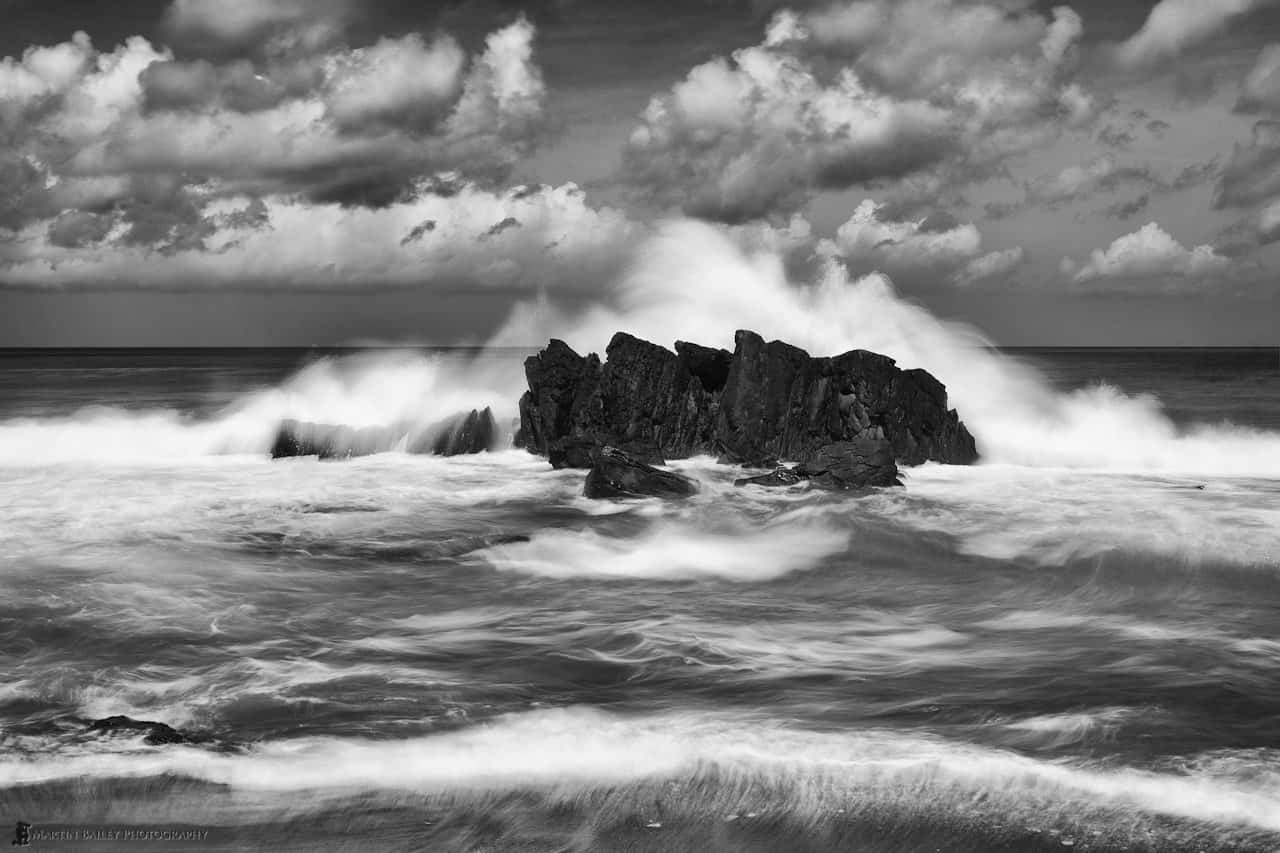
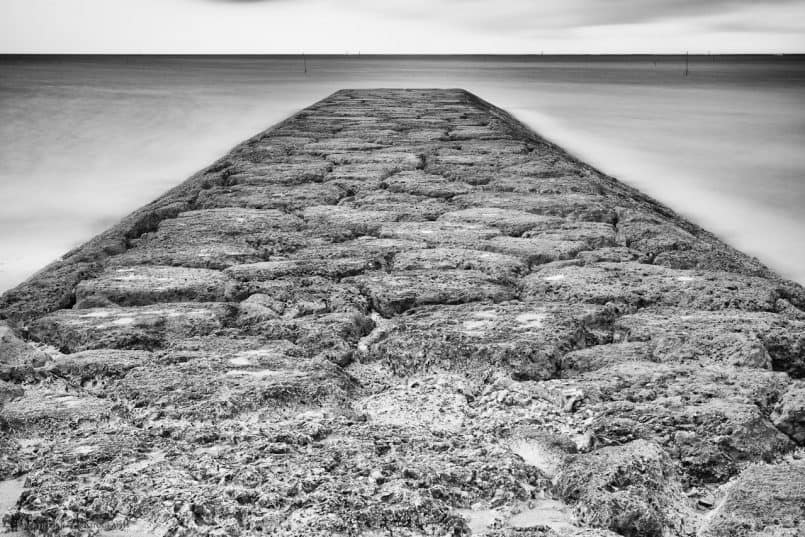

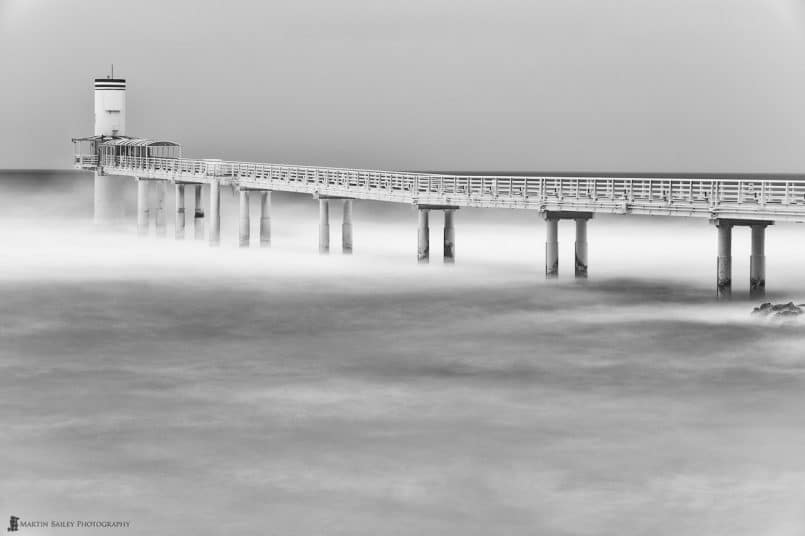
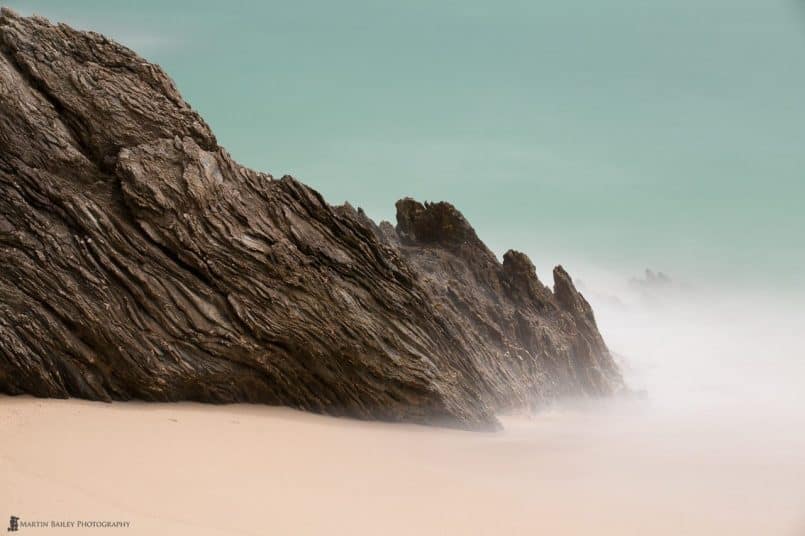

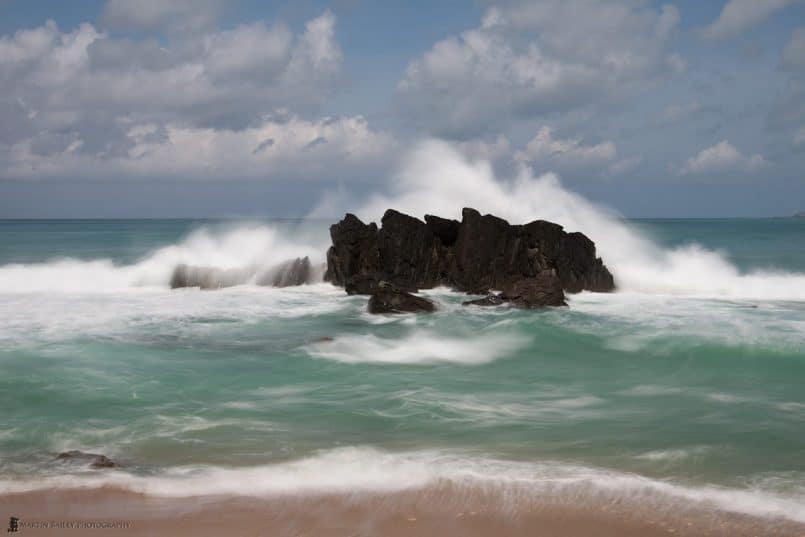

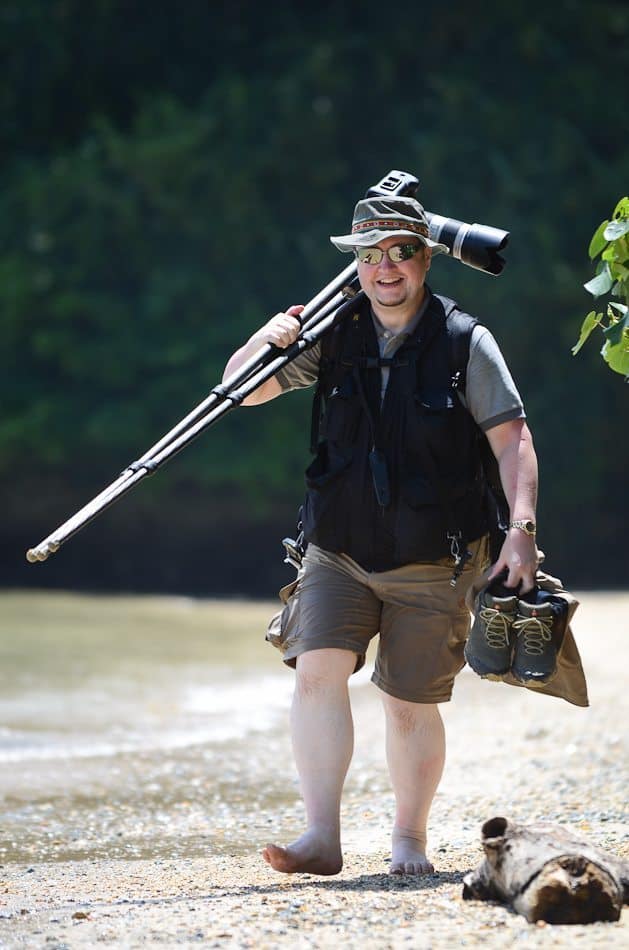


Hi Martin
been missing your photo travelogue-style podcasts of old. Nice to see this one get come out.
Cheers
Me too Duncan. This was long overdue. I’ll try to do more soon.
Thanks!
Martin.
I am looking farward to your review on the really right stuff 5Diii L plates + 34L tripod. Having all 3 myself I can say when I first opened out my tripod for the first time, I thought Oh my god! His is one tall tripod… Great for looking over fences and bushes, the leveling base is easy to set up too. My L plate has not moved, not once on my 5D3 and I am never taking it off my camera, connecting the camera via wires to a computer, the L plate is never in the way too. And who said Carbon fiber where light?
Hi Alistair,
I’m running behind due to my workshop over the weekend, but the RRS review will be out over the next couple of days.
The 34L is one big tripod, but I have a few reasons why I like a big tripod, that I’ll talk about. I agree that it’s not the lightest tripod either, but if it was made from metal it would way a ton!
Stay tuned!
Martin.
Martin. The world makes sense when you explain things. I wish I had your clarity of mind and communication–photographic and verbal. Chopo
You’re very kind Chopo! Thanks so much for reading/listening, and for the pat on the back. 🙂
Martin.
Great set of images Martin!
Especially “Alligators Back” which has a very mythical feel about it 🙂
Regards,
Kirk Norbury
Thanks very much Kirk!